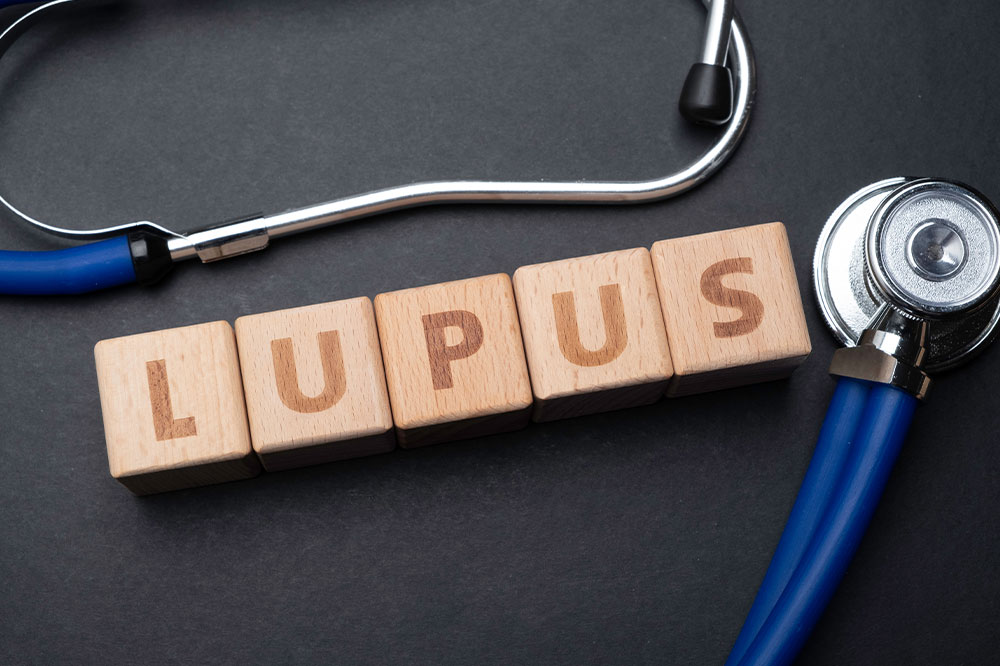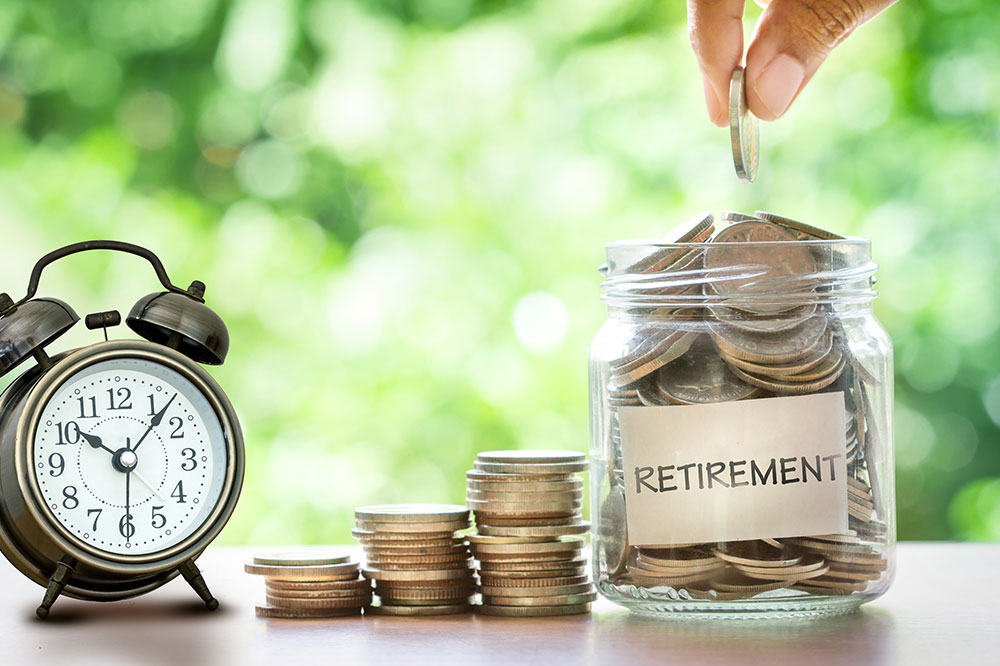4 things to avoid when dealing with lupus

Lupus is an autoimmune condition that affects people in multiple ways. Primarily, it causes inflammation of the skin and joints, and also the brain, heart, and lungs. As a result, one may experience fatigue, joint pain or stiffness, skin rashes, kidney problems, dry eyes, chest pain, mouth sores, and low blood cell count. Recognizing these early signs can help one seek timely treatment. Additionally, here are some things to avoid when dealing with the condition:
Unhealthy foods
Healthy foods are imperative for managing lupus symptoms. While there is no doctor-recommended list of foods for the condition, one can benefit from excluding the following trigger foods
– Garlic: Garlic tends to enhance the production and activity of white blood cells, which can help fight infections like the cold or flu. But for conditions like lupus, where the immune system is overactive, garlic intake may backfire. While not entirely bad for health, garlic is best eaten in smaller quantities and avoided during flare-ups.
– Processed food: Processed food like sausages, pork, red meat, bacon, and other packaged junk food contains high amounts of saturated fats, which can trigger lupus flares.
– Sugary foods : Sugary foods like sweets, cakes, donuts, and syrups are associated with many health issues and are best avoided.
Alternatively, one can choose fiber- and calcium-rich foods like tofu, oats, barley, wheat, leafy greens, and other fruits and vegetables to promote the functioning of the gut microbiome. Similarly, gut-friendly fermented foods like unsweetened yogurt and kimchi are rich in probiotics and promote healthy digestion. Choosing foods rich in omega-3 fatty acids like flax seeds, fish, and walnuts can also reduce inflammation and improve sleep quality.
Stress
Stress can cause joint pain and lead to inflammation, which can aggravate lupus symptoms. One way of reducing stress is to try low-impact exercises like yoga, walking, or swimming. The movement helps the body build strength, improve heart health, and in turn, reduce stress. One can consult a doctor for a suitable daily exercise routine. Issues like chronic stress or depression are best managed with proper and timely medical intervention.
Sleep deprivation
Irregular sleep patterns or lack of sleep can cause fatigue—one of the primary symptoms of lupus. Fatigue can also interfere with immunity and increase sensitivity to pain. One should sleep for about 7 to 9 hours every night and get enough rest during the day.
Excessive sun exposure
People with lupus can be more sensitive to light and can experience flare-ups like rashes if exposed to UV rays for extended periods. So, one can use sunscreens, shades, umbrellas or hats, or light-colored clothes that do not trap light and heat. This can help reduce the impact of sunlight. Sun exposure, however, should not be avoided completely, as it is one of the major sources of vitamin D. Studies show that Vitamin D deficiency can also worsen the condition. Here, one can consult a doctor for options to balance vitamin D levels in the body while avoiding extreme sun exposure.






